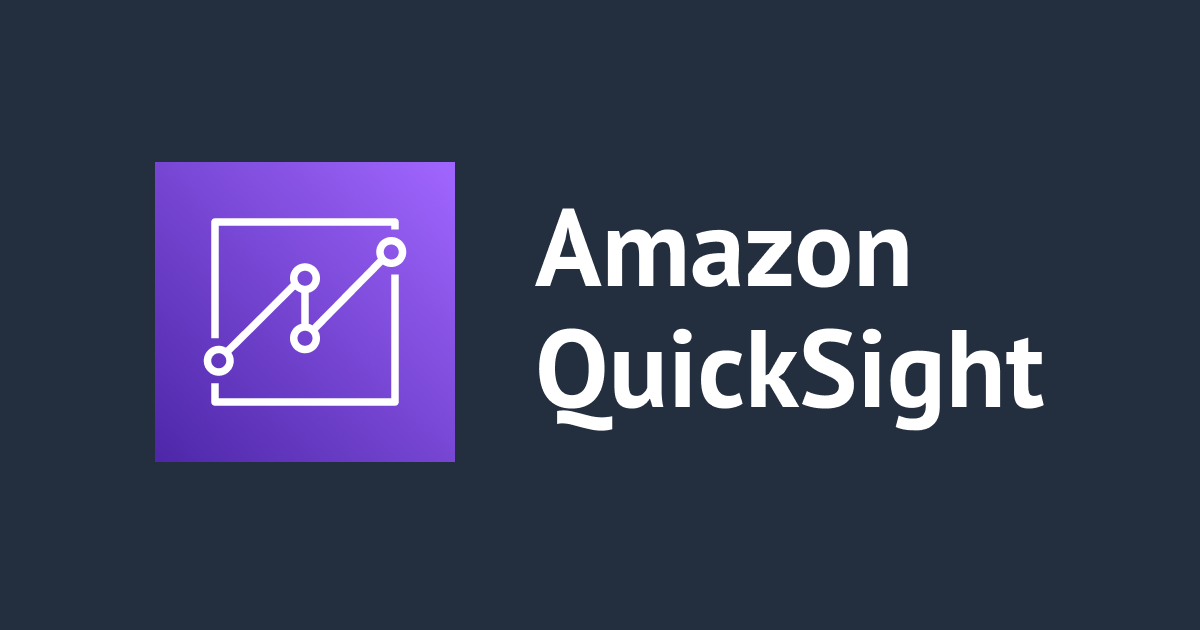
Choosing Between Visual Types in QuickSight
この記事は公開されてから1年以上経過しています。情報が古い可能性がありますので、ご注意ください。
Overview :
If you want to display lots of data charts are the best way but it can be done better by using the appropriate type of Chart Seeing So many available options of charts it is very overwhelming to choose which will be the best fit.
QuickSight: Autograph
Simply select a column of information in QuickSite and it will automatically try to find a suitable visual to display that information.In other words, you do not choose, but rather select the most appropriate visualization based on the characteristics of your data.
Different Visual Types & Charts
Bar Charts • For comparison and distribution (histograms)
These are usually used for comparison or distribution. So if you have different things where you're trying to compare the quantity of different things together, a bar chart is a good way to see them side by side and see how they stack up against each other. It's also used for histograms where you're trying to bucket things together by certain ranges and see how those ranges of values compare to each other.

Line graphs • For changes over time
Line charts are appropriate for visualizing changes over time, so if you are trying to look for trends over time, usually a line chart is the answer.

Scatter plots,heat maps • For correlation
if you're trying to show the correlation between two or more attributes a scatterplot might be a good way to do that.

Pie graphs, tree maps • For aggregation
these are just ways of visualizing aggregation. So if we have some sort of a hole that we're trying to see what different categories make a piece of, a pie chart is a reasonable choice for that.

Pivot tables • For tabular data
if you're dealing with multi-dimensional data, And if you want to aggregate that tabular data in arbitrary ways or apply statistical functions to it, a pivot table it's probably the way to do that.
So a pivot table is often a useful tool for visualizing trends or statistical functionsmon arbitrary dimensions of tabular data.

Additional Visual Types
KPIs - It allows you to visualize some key value that you care about compared to its target value. So if you have some goal for a metric, in this example, the forecasted monthly revenue, you can display how far along you are in that goal.
Geospatial Charts (maps) -the distribution of things across a map that you can zoom into and out of. Sum of pop by state and charts. you can see that quantities associated with a location are represented by different circles of a different size. So the size of these circles represents the quantity
Donut Charts - Donut charts are very similar to pie charts, they're just different representation. Generally they're made to represent the percentage of a given thing to some total amount.
Word Clouds -they display the word or phrase frequency basically, the size of a word or phrase represents how often it appears in a set of documents.
Alternative to Quicksight:
Visualization Tools Web-based visualizations tools (deployed to the public) • D3.js • Chart.js • Highchart.js Business Intelligence Tools • Tableau • MicroStrategy
References:
https://docs.aws.amazon.com/quicksight/latest/user/working-with-visual-types.html








